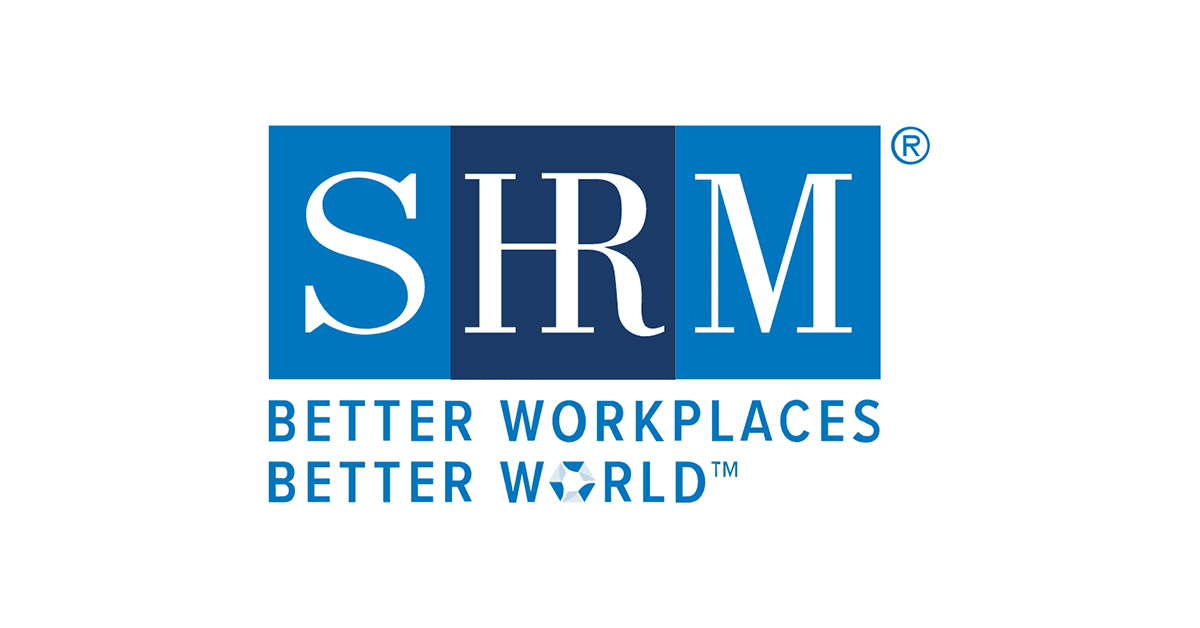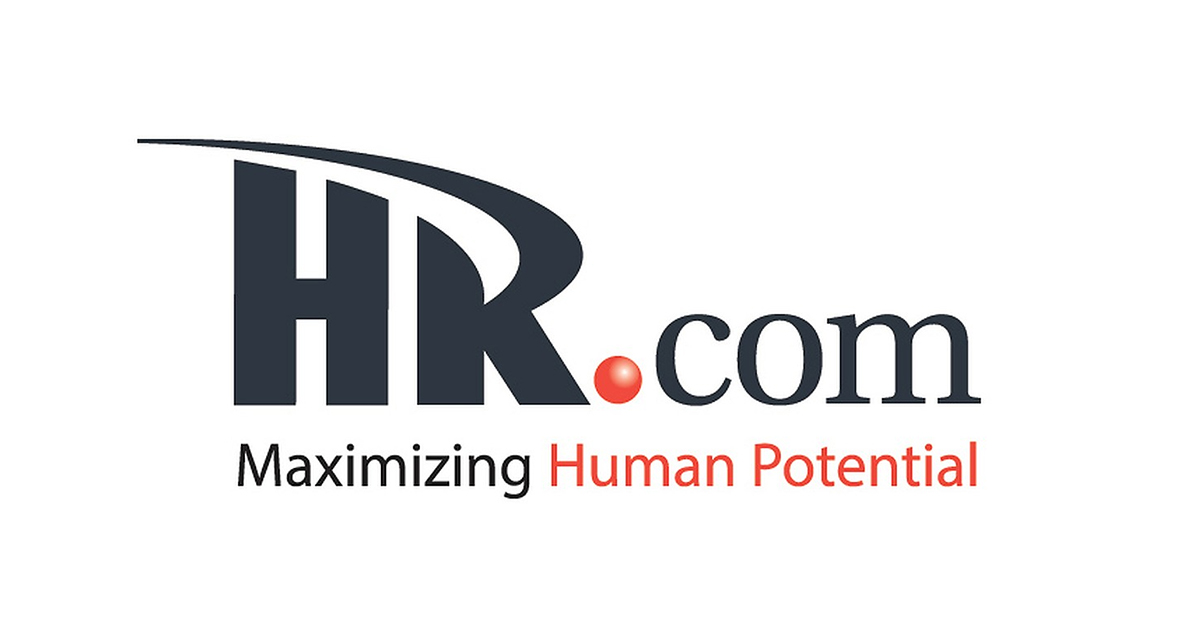New accusations of sexual discrimination and harassment are making the news almost every day. From the military and government departments, to academic institutions and blue-chip corporations, no workplace is immune.
This growing trend is reflected in the latest Equal Employment Opportunity Commission (EEOC) data on workplace discrimination charges. While the overall number of charges received by the agency is at a 12-year low, there has been a sharp hike in sexual harassment allegations and actions in the last fiscal year.
The EEOC received 13.6 percent more sexual harassment charges last year than in 2017 and filed at least 50 percent more lawsuits challenging sexual harassment, recovering $56.6 million in monetary benefits for the victims. At the same time, hits on the sexual harassment page of the EEOC’s website more than doubled, reflecting a swell in people seeking information and advice.
What do these numbers say about how well prepared employers are to properly handle these allegations, and should they be concerned?
More employees are coming forward, but they are going external
Of course, the rise in sexual harassment cases being reported is deeply worrying, but it’s not surprising. As movements like #TimesUp and #MeToo continue to gather momentum, more and more employees are feeling empowered to come forward – and that can only be a good thing.
With these numbers rising, are employers making it easy and accessible for people to file complaints in order for issues to be handled in-house before going to the EEOC?
If an employee is going to a third party with an issue, it suggests that they don’t feel able to raise a complaint in their own organization, possibly because they think the issue won’t be acknowledged or taken seriously, or because they fear retaliation.
Whatever the reason, the underlying message is that the employee is simply not comfortable with their employer’s internal processes, which means there’s a culture issue.
You’d think that, in response to calls for organizations to create safe, transparent environments in the wake of #MeToo, companies would be making positive changes to prevent and address harassment.
But, according to HR Acuity’s #MeToo in the Workplace Report based on feedback from more than 150 enterprise organizations, a mere 15% of companies have created specific strategies to address concerns in the workplace since #MeToo went viral.
Building the right culture and the right processes
This is a missed opportunity. We know that the right culture and the right processes can make a tangible difference, encouraging employees to report issues when they occur. When you consider that as many as 87 to 94% of individuals who are harassed don’t file a complaint, creating a supportive environment where people feel they can come forward is vital.
Fear of retaliation often holds employees back from reporting bad behavior. With retaliation being the most common charge filed with the EEOC for the past decade, it’s easy to understand why.
The solution is to have clear processes in place for handling retaliation in a proactive way. This should encourage more employees to come forward rather than seek advice from a third party such as the EEOC or an external employee relations advisor.
If employees report issues internally, the business has the opportunity to understand what is wrong and try to resolve it, and that should be the ultimate goal.
In many ways, the latest EEOC statistics are a wake-up call – a sign that organizations need to take a good, hard look at how their workplace is prepared to handle sexual harassment and other forms of workplace discrimination. Is yours up to the job?
Looking for a technology that helps you track, manage and investigate employee relations issues internally? Schedule a demo to see how HR Acuity can help!




